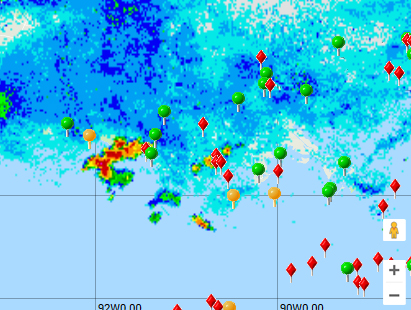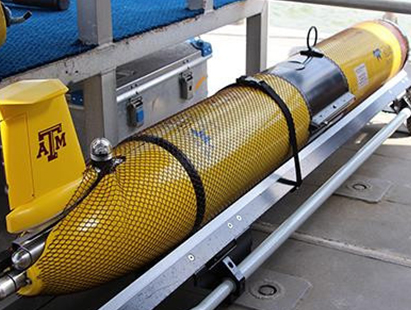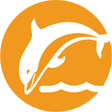GCOOS is the only certified observing system whose sole focus is on the Gulf of Mexico
Timely data about the U.S. portion of the Gulf of Mexico and its estuaries from monitored observing stations throughout the region. For use by decision-makers, researchers, government managers, industry, the military, educators, emergency responders and the public.
Please note: GCOOS reserves 3-5 p.m. CT Wednesdays as a maintenance window for data servers, and users may experience an intermittent interruption of data services. If the service is down outside of this time window, please report it to data@gcoos.org.
Working with hundreds of stakeholder communities and learning their needs has helped us to develop products useful for everything from ocean navigation and hurricane trajectories to monitoring coastal areas for harmful algal blooms and tracking the movements of invasive species.
Our Mission
Our mission is to provide on-demand information about the Gulf’s coastal and open ocean waters that is accurate, reliable and benefits people, ecosystems and the economy.













 Marine Operations
Marine Operations Coastal Hazards
Coastal Hazards Healthy Ecosystems Living Resources
Healthy Ecosystems Living Resources Human Health & Safety
Human Health & Safety Long-Term Change
Long-Term Change








